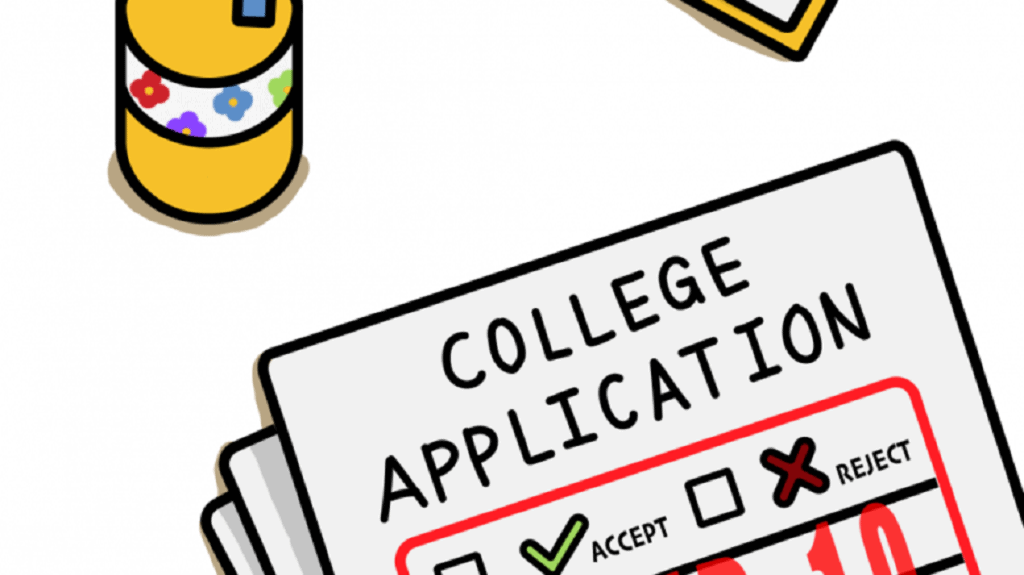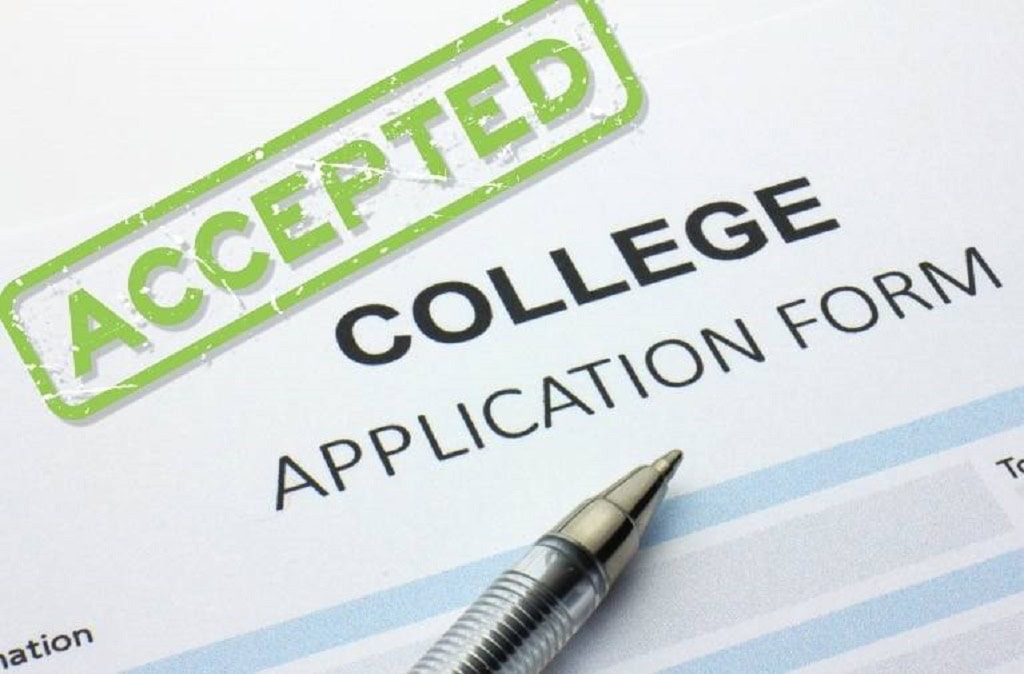Choosing a college can feel like a daunting task, but narrowing down your search to safety, target, and reach schools can help make the decision more manageable. These terms refer to the likelihood of being admitted to a particular school based on your academic credentials.
A safety school is one where your chances of admission are very high, whereas a reach school is one where your chances are lower. A target school is one where the typical admitted student has stats that are similar to yours. This guide breaks down how to find the right safety, target, and reach schools so you end up at the college that is the best fit for you both academically and socially.

What Is a Safety School?
A safety school is a college or university that you apply to with the understanding that your chances of being accepted are very high. This is usually because your test scores, GPA, and class rank are significantly higher than that of the average student who gets admitted to the school. In most cases, if your SAT and ACT scores rank above the 75th percentile for a particular school and you rank in the top 10% of your class (assuming your school reports class rank), you can count that school as a safety.
In today’s competitive college admissions landscape, you absolutely have to include safety schools on your list. Even target schools can be hit or miss these days. You hear stories every year of kids getting waitlisted or rejected from their state’s flagship school despite having SAT and ACT scores above the school’s median. The process is somewhat arbitrary and capricious. Safety schools ensure you don’t end up with nowhere to go in the fall.
By applying to a few safety schools, you can virtually ensure that you will get into at least one college or university. If you want to be 100% certain, you should apply to at least one school that guarantees admission to students who meet minimum GPA and test score requirements. The University of Iowa and Iowa State University are two such schools.
How to Find the Right Safety Schools
There are a few factors to consider when making your list of safety schools.
First, look at your GPA and test scores, and compare them to the midranges for schools you’re interested in. The U.S. News list of best colleges is a good place to start. You can even sort it by state or geographic region. There are also separate lists for national universities and national liberal arts colleges. You can focus on one or the other if you’re sure of what type of school you want to attend, or you can include a few of both on your list.
You want your test scores to be above the school’s 75% percentile and your GPA to be above the school’s average, as well. Also, the school’s acceptance rate should be at least 50% and preferably 75%. If one or more of these factors is not present, then it’s hard to classify the school as a safety.
Second, consider the price tag, what your family can afford, and the availability of financial aid. A true safety school is not just an academic safety but a financial safety. Even if you are certain to get in based on your stats, it doesn’t do you much good if you’re priced out and can’t attend.
How Many Safety Schools Should I Apply To?

There’s no hard and fast rule for how many safety schools you should apply to. Ultimately, it depends on your admissions goals and your personal preferences. Obviously, the more you apply to, the more you ensure you’ll get in somewhere.
That said, if you know you’d be happy at a place like Iowa that has a guaranteed admissions matrix (and assuming you meet their minimum standards) then you could get away with having only one safety school.
In general, however, we recommend applying to at least three schools in each category.
What Is a Target School?
A target school is a college or university where the GPA and test score averages are right in line with your own stats. If you apply to a few target schools, you should feel reasonably confident about getting into at least one of them. But it’s not a virtual guarantee like an appropriate safety school should be.
Your target schools are the ones where you’re most likely to end up. That’s because you have a much higher chance of getting into them compared to your reach schools, and they’re generally a better academic fit than your safety schools. Most students who end up getting into a mix of target and safety schools (but no reach schools) choose one of their target schools.
How to Find the Right Target Schools
Choosing the right target schools is arguably the most important part of the college selection process. Why? Because statistically, you’re more likely to end up at one of your target schools than at a reach or safety school. So, you want to make sure you have the right ones on your list.
Here are a few tips on how to find the right target schools for you:
- Start by making a list of your must-haves. What are your deal-breakers? Are you looking for a school in a specific location? Do you want a small school or a large one?
- Once you’ve got your list of must-haves, start doing some research on colleges that fit the bill. Read up on their programs, admissions requirements, and campus life.
- Consider the strength not just of the school itself but of individual programs and departments within the school. If you have an idea of what you want to major in, you want to be sure any target school on your list is strong in those fields.
- Schedule as many campus visits as you can. All the websites, brochures, and YouTube campus tours and dorm videos in the world don’t come close to the impact of spending even a few hours on campus.
- Take your time and don’t rush into anything. This is an important decision, so take the time to explore all of your options before making any final decisions.
How Many Target Schools Should I Apply To?
In general, we recommend applying to at least three target schools. But if you want to maximize your chances of getting into one — and ending up at a school that is the best academic and social fit — you should apply to as many target schools as you can afford. The more schools you apply to, the more options you’ll likely have.
What Is a Reach School?

A reach school is a college or university that is more than likely a stretch to get into. Most reach schools are highly competitive and have low acceptance rates.
For example, Stanford University has an acceptance rate of 4.8%, which means it’s a reach school for most students — even valedictorians with perfect test scores.
There are several factors that make a school a reach school. These include the admissions criteria, the number of applicants, and the competitiveness of the applicant pool. Even schools that used to be relatively easy admits for top students have become reaches for the simple reason that they now get far more qualified applicants than they have open spots. This causes them to have to pick and choose among students who all have good enough grades and test scores for admission. The University of Florida and the University of Georgia are two schools in particular that have gotten difficult even for bright in-state students to get into.
You should apply to a few reach schools even if your chances of getting in are low. After all, someone has to get in, and even if you get rejected, it beats not applying and then always wondering “what if?”
How to Find the Right Reach Schools
Here are a few things to keep in mind when you’re looking for the right reach schools:
- Make sure the school is a good fit for you both academically and socially. Just because a school is a reach school, and just because the name of the school raises eyebrows and impresses strangers, doesn’t mean it’s going to be the right fit for you. So make sure you do your research and determine if the school’s curriculum and campus culture align with your interests.
- Consider your financial aid options. Don’t let the sticker price of a reach school scare you off – there may be financial aid options available that can make it more affordable. Most highly selective and elite schools are awash in money, as they tend to have massive endowments. This enables them to make it affordable for students from all income brackets to attend. All of the Ivy League schools, for instance, meet full need, meaning they cover everything on top of what they determine you and your family can afford.
How Many Reach Schools Should I Apply To?
We like for students to apply to at least two or three reach schools, but it ultimately depends on you. If, for instance, one of your target schools happens to be your dream school, then you might not have a reason to apply to any reach schools. But if there’s a highly selective school like Harvard or Stanford that you’ve always dreamed of attending, and you have stats that make getting in at least a realistic possibility, even if it’s a distant one, then there’s no reason not to apply and give it your best shot.
Finding the Right Safety, Target, and Reach Schools: The Bottom Line
When coming up with your college list, you want to find a balance between safety, target, and reach schools. All three are important to include if you want to give yourself the best chance of being admitted to the best school but also ensure that you end up getting in somewhere.
You can classify schools as targets, reaches, or safeties if you understand how to read a common data set and compare your stats to the school’s midranges. This will help you generate the perfect college list that gives you the best chance of ending up at the best school for you.